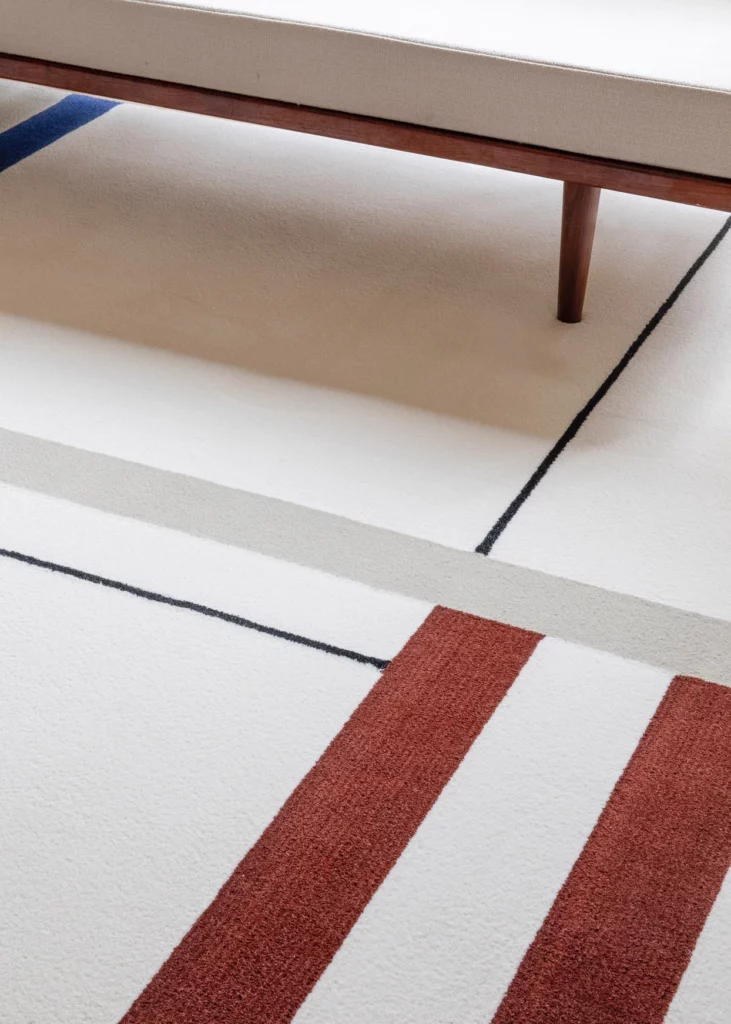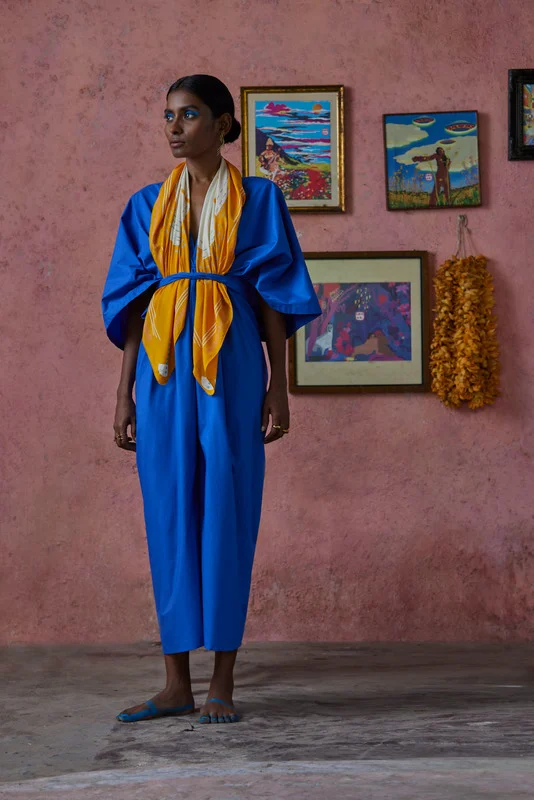
What do you picture when someone asks you to imagine modern design? If you’re like most people, you might imagine a clean, minimalist and geometric arrangement.
Functional. Understated. Simple. This is the legacy of the Bauhaus movement that originated in Germany almost a hundred years ago. Integrative, practical, and accessible, there’s much to appreciate about Bauhaus. We especially dig the fact that Bauhaus routinely brings together craft and fine art, and prioritizes purpose over pretense.
Its popularity is evident in everything from mid-century modern furnishings to decor that combines bold colors and geometric prints.
We have a tendency to see Bauhaus as the ultimate and somewhat aspirational expression of modernity.
This is where we begin to worry…
The truth is there isn’t one modernity. There are (multiple) modernities.
Being modern is too often equated with western norms and preferences, and can all too easily translate to assimilation and erasure.
Pallavi Nopany, founder of the Pack of Two design studio in Bengaluru, India, reminds us that, “One doesn’t have to conform to Bauhaus standards of design set by western ideals of minimalism to be modern. Be authentic, be descriptive, be illustrated, layered and textured.”
As always, when we’re striving to decolonize narratives around design, it’s worth asking, who/what is included in this definition of modernity, and who/what is excluded? With a purely Eurocentric view, we miss out on innovations that don’t follow the pre-established formula, and lose the ability to appreciate a wider diversity of experiences and expressions.
Is it possible instead to embrace multiple modernities as a dynamic field in which difference, fusion and distinctiveness drive design? Is it possible to reimagine the modern as what is most relevant, resonant and timely?
What would that look like?
Would it take us to the edge of our own imaginary and challenge us to question our tastes, as well as our biases?
We think these are worthwhile questions and do our best to honor them in our own design process.
It can mean defying current trends, or embracing them, but ultimately, what drives us is the possibility of and for real dialogue, originality and mutual respect.
After all, design isn’t something we passively observe, like spectators in a museum. it pervades perceptions, attitudes, interactions, and everything in between. The shape of our very lives is a function of design.
Mood, intention, tradition, story, longevity, provenance. All of these and more are elements that inform design, and if we can transform the way we think of them coming together, we can transform culture.






